

Wednesday, April 16, 2025
Kevin Anderson
When businesses invest in SaaS platforms, they expect functionality to match the promise. Yet increasingly, companies discover that what they’ve actually bought is access to a limited core—with everything critical locked behind a tier they didn’t plan for. This is the reality of SaaS feature paywalls. And they’re not just annoying. They’re quietly undermining your margins, inflating your tech stack costs, and forcing you to make financial decisions for operational reasons.

Feature paywalls refer to the practice of restricting essential features to higher pricing tiers or separate modules. On the surface, this seems like standard packaging. But in practice, many vendors design tiers to withhold functionality you assumed was included—then upsell it at scale.
Think you're getting built-in analytics? That’s in the pro plan. Need integrations or role-based access? Sorry, that's premium. Suddenly your “$49/month per user” software becomes a four‑figure invoice—with only a sliver of added value.


The problem isn’t tiered pricing itself—it’s how vendors exploit it. The model is often engineered not to segment customers fairly, but to penalize teams that grow or demand functionality that should be standard.
You’re not paying for more value. You’re paying because you’ve been cornered.
In some cases, users only discover these limits after implementation. By then, the tool is embedded in workflows and migrating would disrupt ops—so they upgrade. Not out of need, but out of lack of choice. That’s not user‑centric. That’s predatory packaging.
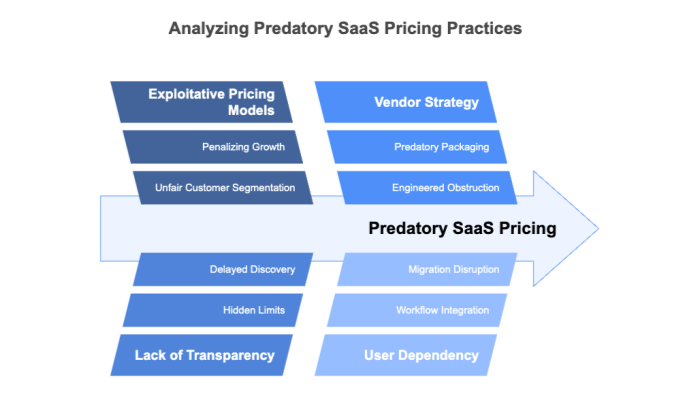

HubSpot’s CRM suite is famously easy to adopt—until you need actual business-grade features. Custom reporting, advanced automation, API access, user roles, and attribution modeling are all locked behind higher-tier packages.
The kicker? These aren’t “nice‑to‑haves.” They’re operational requirements for growth-stage teams. What starts as a $0/month CRM can balloon into a $1,200/month enterprise bundle—with most of the added tools collecting dust. HubSpot isn’t alone. It’s just one of many illustrating flaws in the SaaS business model.


The features most frequently gated aren’t flashy. They’re fundamental:
In many cases, these tools are critical to security, scalability, or compliance—not enhancements, but enablers. And locking them behind steep upgrades transforms them into recurring margin killers.
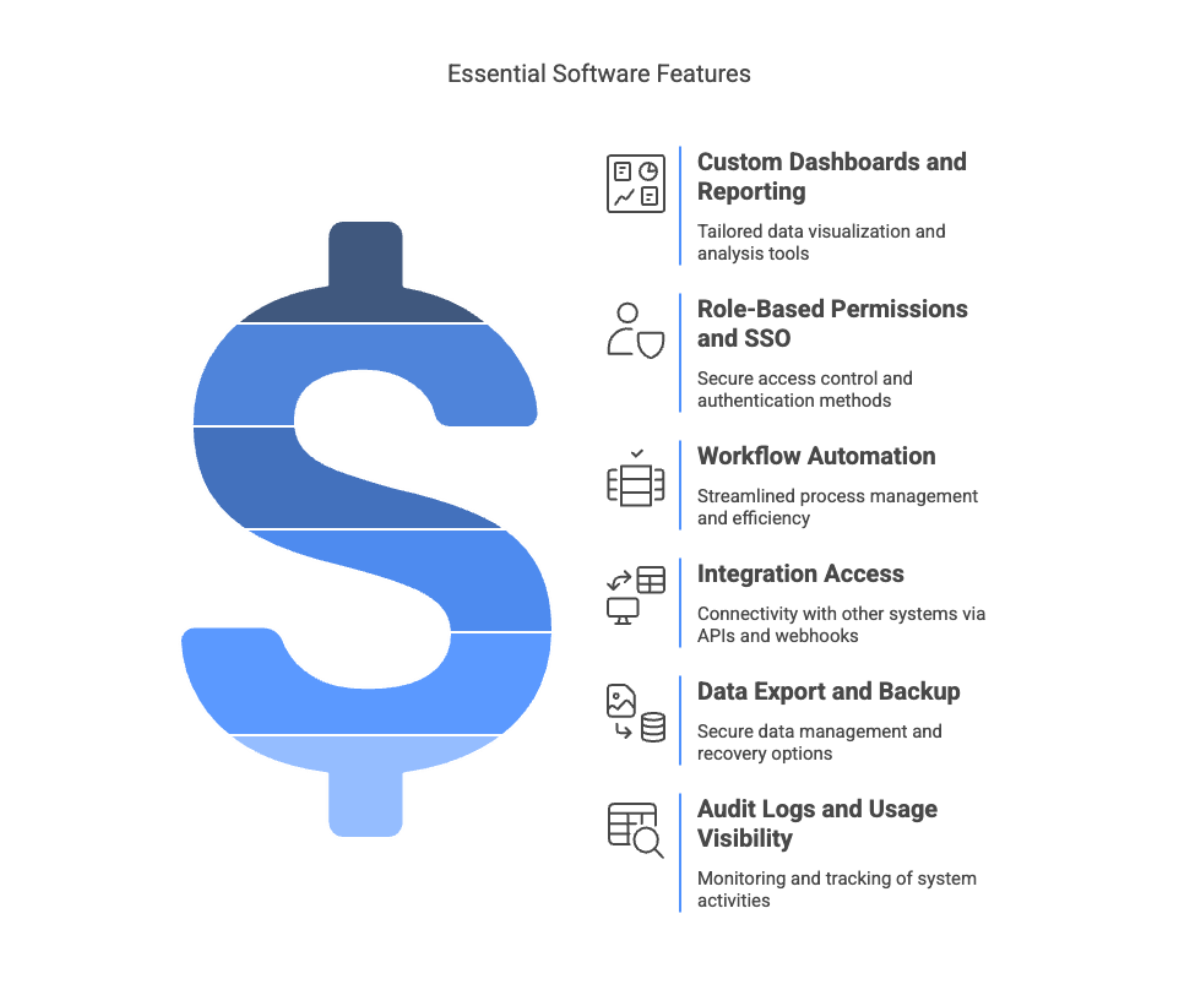

The financial cost is just one part of the damage. Feature gating also impacts:
What begins as a “lean tech stack” often evolves into a bloated, patched-together mess that costs way more than planned.
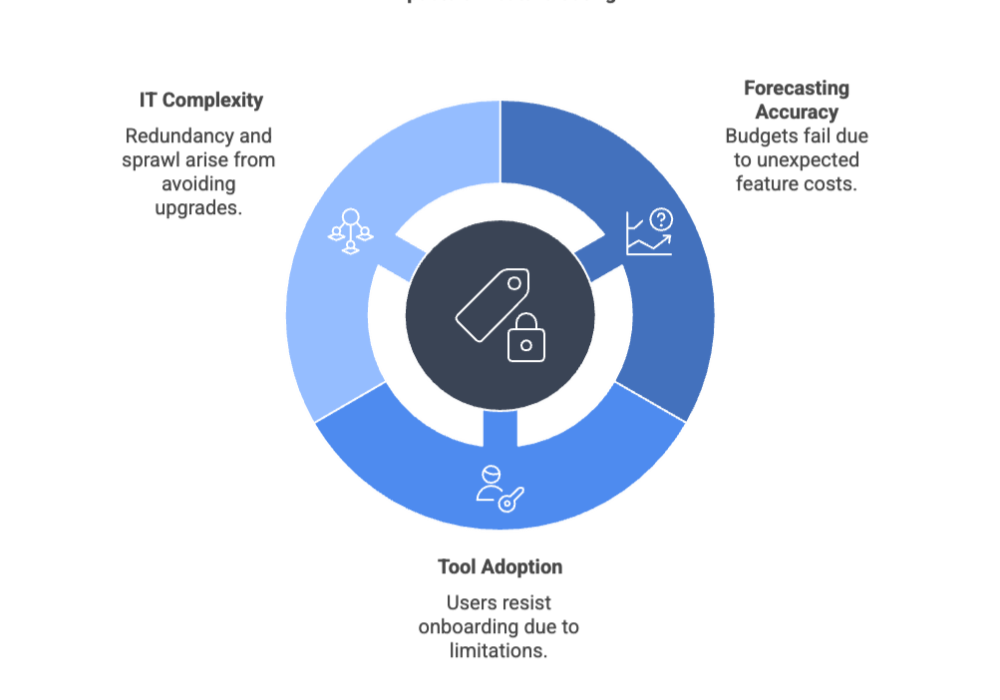

Some vendors will frame paywalls as customer enablement: “We’re offering choice.” But in reality, they’ve redefined value delivery by segmenting utility, not customers. Instead of building tiers based on scale, they build them to gate leverage. Want to do more with our tool? Pay more. Need to integrate it with your system? That’s a premium experience. It’s not “pricing flexibility.” It’s a hostage negotiation with your workflows.
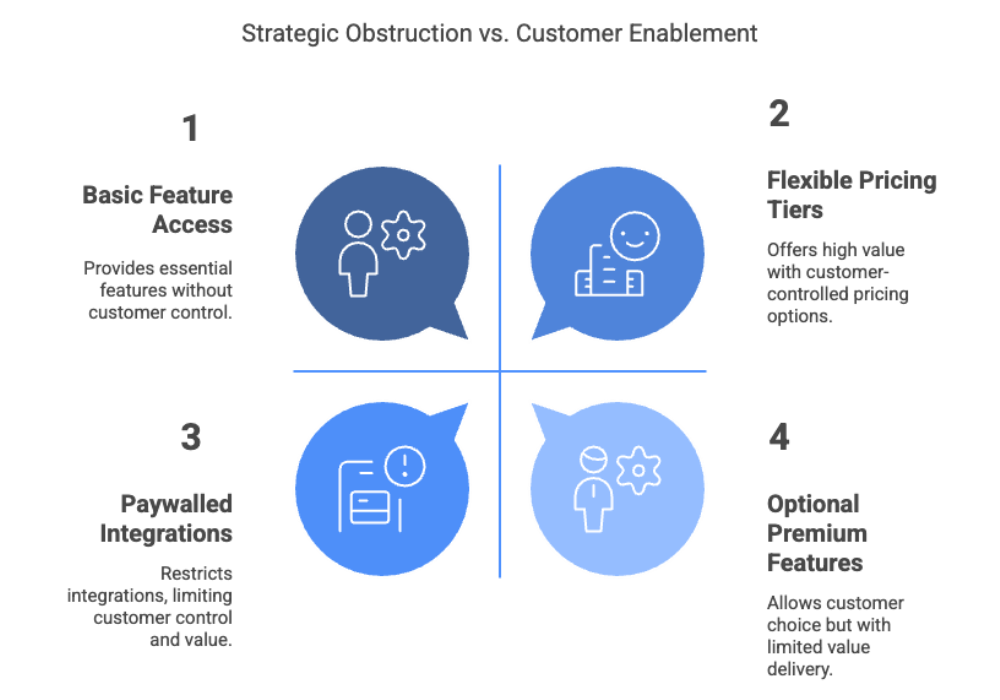

In the Smart SaaS™ framework, core functionality is never used as bait. Smart vendors build pricing based on usage, seats, or true add-ons—not withheld essentials. Smart SaaS means:
The principle is simple: if a feature is core to the job, it’s core to the platform. Learn more in Smart SaaS Applications.
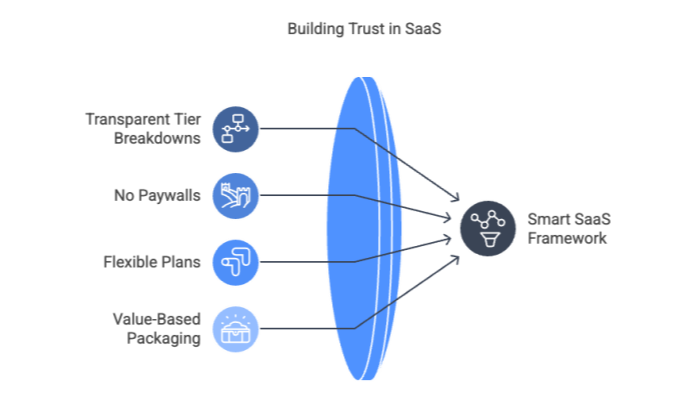

Before committing to any SaaS tool, do this:
If the vendor can’t provide clarity or dances around technical details, take it as a warning.
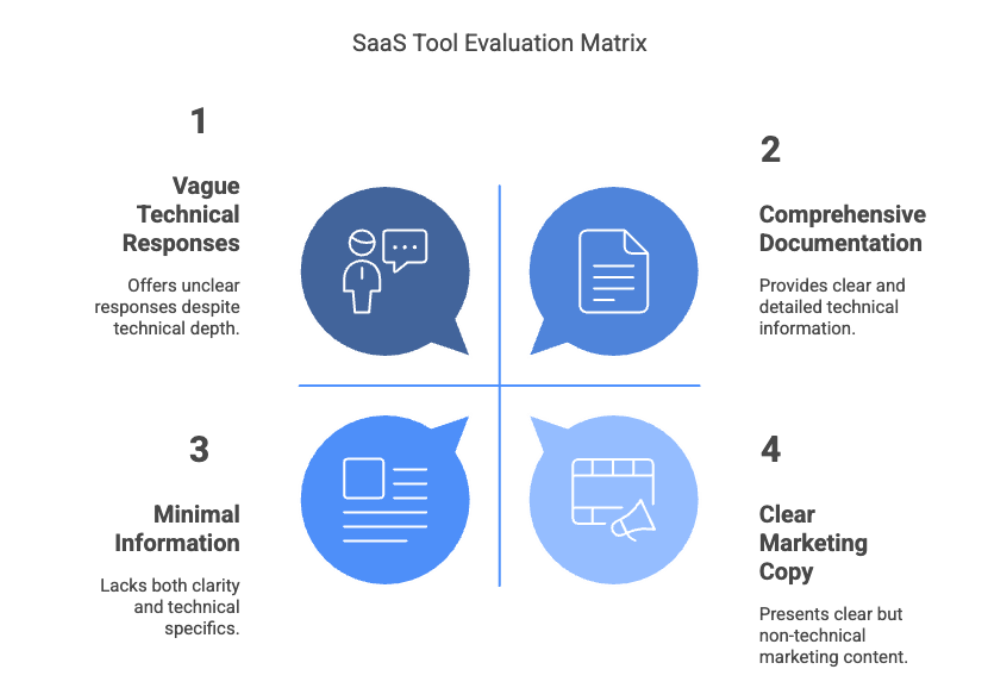

No tool should dictate your internal processes. Yet feature gating forces teams to either restructure operations—or overpay. That’s not just bad economics. It’s bad strategy. The tools you use should empower your team—not manipulate your margin. When you choose Smart SaaS, you choose platforms that align with your growth, not exploit it.
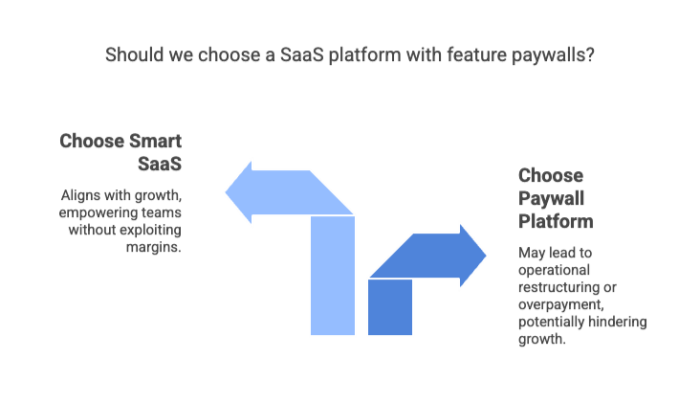

Paywalls turn functionality into a profit engine—and put your budget on a leash. In a healthy relationship with SaaS, the software gets out of your way. It doesn’t penalize you for using it well. If your stack is littered with tools that hide core features behind artificial tiers, it’s time to rethink your vendor choices.
